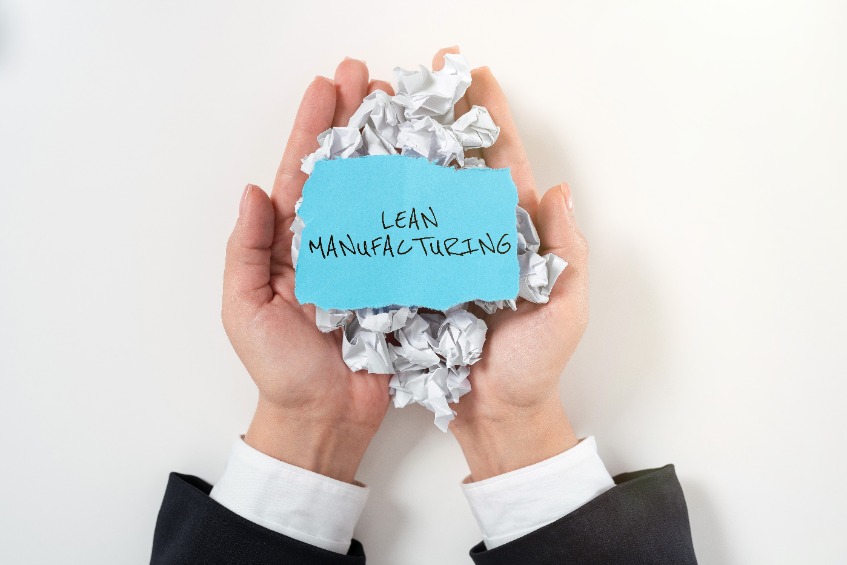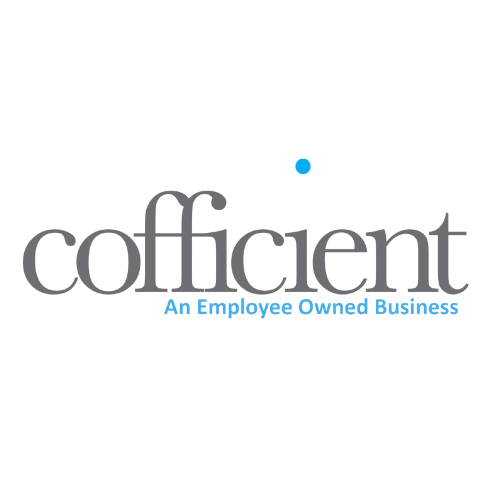
Eliminate 7 Sources of Waste in Lean Manufacturing
In our previous blog, we discussed how ERP and Lean Manufacturing go hand in hand. The first step in transforming your business into a leaner model is introducing an effective enterprise resource planning (ERP) solution.
The goal of “lean”, or “lean manufacturing” is to eliminate as much waste as possible from production. This involves wasted resources such as time, money, and materials. Lean manufacturing identifies 7 types of waste, or “7 Mudas”, which are all drivers of inefficiency. Using an ERP system enhances lean manufacturing by identifying inefficiencies and providing means to eliminate them through iterative and incremental improvement. Some ways ERP has helped streamline lean manufacturing processes are discussed below.
- Transport Waste Reduction
The process of transporting goods and resources from one site to another, such as to a staging area, warehouse racks, or shipping ports, results in this type of waste. These tasks require the expenditure of resources (eg. equipment, labour hours). This is not a revenue-generating activity since it does not improve the value proposition to the manufacturer or the customer. Therefore, reducing the number of hours spent on the operation’s material handling stages will reduce the number of wasted resources. ERP enhances lean manufacturing in this scenario by offering solutions that facilitate more innovative production methods and more effective logistical operations. With the use of scheduling and monitoring equipment, as well as visibility into equipment utilisation and inventory tracking, teams can determine where resources are being allocated and which processes may be streamlined or eliminated. - Inventory Waste Reduction
Companies that use the Make-to-Stock (MTS) or Mixed-Mode production methods often anticipate keeping a specific quantity or raw materials and finished goods on hand at all times. Operations that “Make-to-Order” (MTO) are an exception. Having raw materials, intermediate goods, and final goods in inventory ties up capital at any level. Too much stock indicated poor planning unless you’re preparing for a catastrophic event. Manufacturers may eliminate these poor production planning and distribution processes to keep output continually moving, much as supermarkets have mastered the best vegetable replenishment cycles. ERP helps improve lean production by facilitating precise forecasting, providing access to sales and product histories, defining minimum and maximum stock levels, and implementing automatic reordering instructions. ERP systems, like NetSuite, offer the infrastructure for optimising productivity. - Motion Waste Reduction
When any motion or effort is made in a process that does not contribute value, it is considered motion waste, which applies to machinery and human labour. This is especially true if it disrupts operations related to handling of materials because it causes traffic jams or undue wear on gear such as forklifts. The primary source of motion waste is the design of the facility itself. Even though it’s usually only possible to re-organise a factory’s production floor by temporarily interrupting operations, ERP may help make the factory more efficient for lean manufacturing by tracking how often different machines are used and when various tasks are completed. When manufacturers have visibility into which processes are taking more time than expected or which equipment is operating at less-than-ideal efficiency, they are better able to engage with engineers and suppliers to guarantee that their facilities are performing at their highest possible level of productivity. - Spend Less Time Waiting
Time is being squandered if nothing is occurring. This may occur because of a lack of synergy between production teams, malfunctioning machinery, necessary data, or any combination. ERP helps in this situation since it centralises data so teams can access the same information quickly and easily. It helps discover inefficiencies, makes better-informed decisions about tasks and timetables, and implements crucial tactics. - Preventing Excessive Production
As the largest of the 7 wastes, overproduction is responsible for almost every other type of waste in lean production. Simply put, this occurs when more of a particular product is manufactured than is needed by customers or when supplies are manufactured in advance of demand. The problem and the solution to overproduction may be found in supply chain management, procurement, and demand planning. Fortunately, ERP helps lean manufacturing by providing technologies specifically designed to enhance supply chain management, streamline the procurement process, and provide more precise demand predictions based on historical and industry patterns. - Avoiding Excessive Processing
You waste time and effort for no good reason by processing too much. On the manufacturing floor, for instance, you can paint the inside of a vehicle bumper that will never be seen by anybody other than a technician. This part of the automobile will never be sold to a customer. Your production team’s time is better spent elsewhere, and this task does not benefit the consumer. Not to mention the fact that pain is not inexpensive. Your field service and sales personnel are also negatively impacted by excessive paperwork. Losing productive time due to data entry errors is a real risk when using a manual process. Mistakes might occur when orders are entered manually, potentially costing you a customer. Thankfully, ERP helps lean manufacturing by automating procedures like these. To create a Bill of Materials from a quotation with the press of a button, you must enter the quote’s information (BOM). Additional insights provide crucial data on your production targets and sales key performance indicators. - Preventing Defects
Customers’ time and patience are also lost due to defects; thus, avoiding them is essential. The reputation of your business will suffer even more if defective goods make it out of the factory and into the hands of consumers. Defects are thus an essential type of waste that should be eliminated immediately. As unfortunate as it may sound, it’s not always a simple process. ERP helps enhance lean manufacturing by conducting audits and adjusting output to meet predefined criteria in this scenario. Products and procedures that don’t correspond to the standards generate red lights, which allow your teams to resolve these instances before they become problems.
Cofficient is a NetSuite Solution Provider and ERP consulting organisation that assists businesses in strategy, operations, and technology. Cofficient delivers a tailored solution for each customer, whether a large-scale project like the implementation, integration, and refurbishment of an existing system or a new problem like the demands of rapid business expansion. As specialists in determining customer needs and providing appropriate solutions, we guarantee that our customers can keep up with the industry’s rapid development.
Get in touch with us now if you’re interested in finding out how to eliminate these 7 wastes in your production facility.



